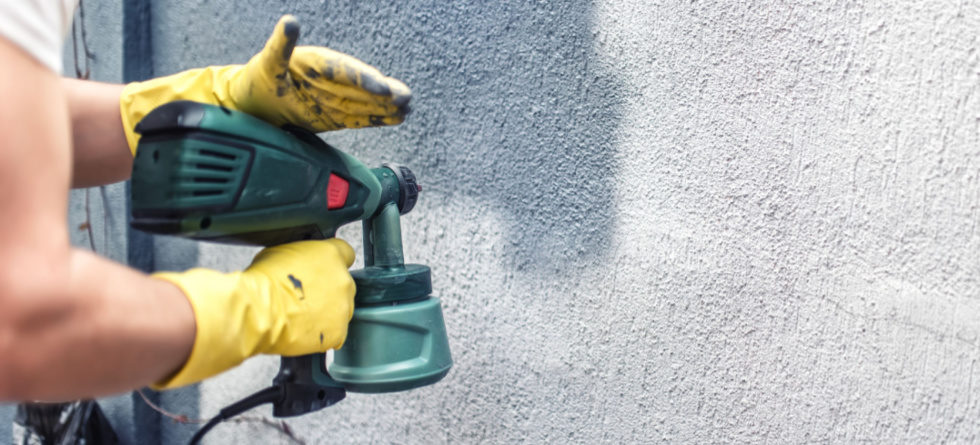When it comes to painting a house, one of the key decisions to make is whether to use a brush or a spray gun. Both methods have their advantages and considerations, and choosing the right one can impact the quality and efficiency of your painting project.
In this blog post, we’ll explore the differences between brush and spray painting to help you make an informed decision.
Brush Painting
Brush painting is a traditional method that involves applying paint using a brush or roller. Here are some key points to consider…
- Control – Brush painting offers precise control, making it ideal for detailed work and intricate areas such as trim, corners, and edges.
- Coverage – While brush painting may take longer than spray painting, it ensures thorough coverage, especially on textured surfaces and uneven areas.
- Versatility – Brushes are versatile tools that can be used with various types of paint, including latex, oil-based, and specialty paints.
- Cleanup – Cleanup is relatively easy with brush painting, requiring only soap and water for water-based paints or mineral spirits for oil-based paints.
Spray Painting
Spray painting involves using a spray gun to apply paint in a fine mist onto surfaces. Here are some considerations for spray painting…
- Speed – Spray painting is faster than brush painting, making it ideal for covering large surfaces such as walls and siding.
- Smooth Finish – Spray painting can achieve a smoother finish compared to brush painting, especially on flat surfaces.
- Efficiency – Spray painting requires less physical effort than brush painting, reducing fatigue and strain, particularly on large projects.
- Overspray – One potential drawback of spray painting is overspray, which can result in paint drift and require careful masking and protection of adjacent surfaces.
Choosing the Best Method
The choice between brush and spray painting depends on several factors, including…
- Project Size – For small projects or areas requiring precision, brush painting may be the better option. For larger projects or expansive surfaces, spray painting offers efficiency.
- Surface Type – Textured or uneven surfaces may benefit from brush painting to ensure thorough coverage, while smooth surfaces may achieve a more uniform finish with spray painting.
- Skill Level – Brush painting requires skill and technique to achieve professional results, while spray painting may be more forgiving for novice painters.
The decision between brush and spray painting depends on the specific requirements of your painting project, including size, surface type, and personal preference. Both methods have their advantages and considerations, so weigh them carefully before making your choice.
Which painting method do you prefer for house painting projects, and why? Share your experiences and insights in the comments below!


Leave a Comment